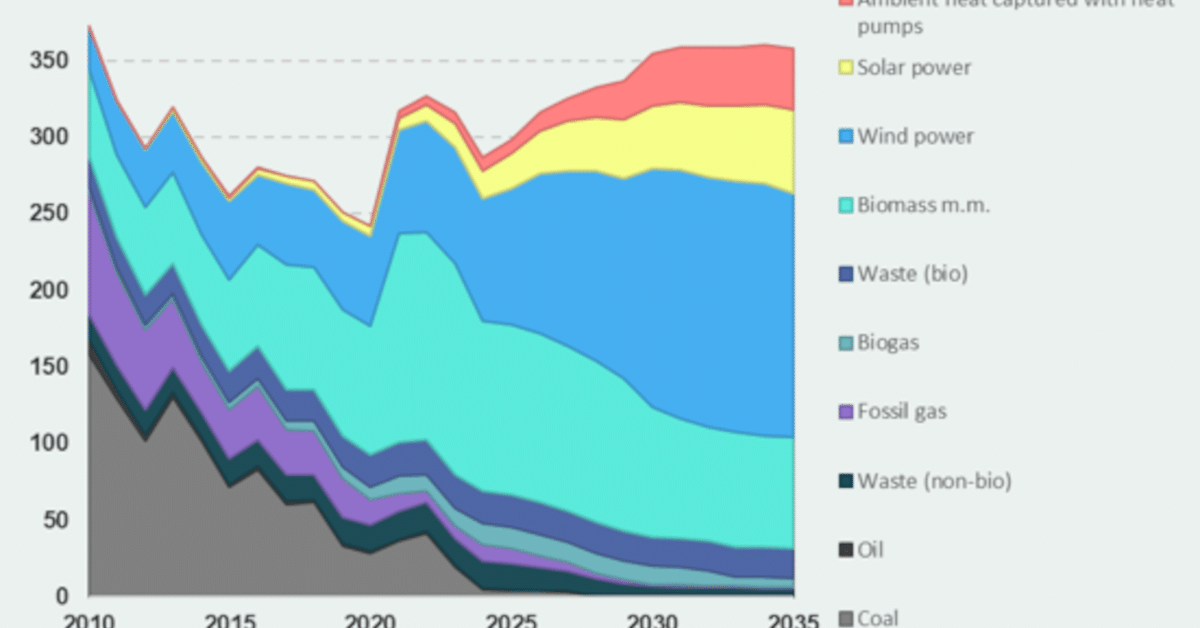Denmark’s unsustainable biomass consumption and biomass subsidies continue to increase and accounting rules hide actual emissions.
– Danish per capita use of biomass is 3 times higher than what is globally available.
– The atmosphere doesn’t care about accounting tricks. CO2, whether fossil or biogenic, is causing climate change.
– Biomass/biofuel is a very expensive way for society to delay climate action and the revised Danish NECP needs to prevent the channeling of more subsidies into its utilisation and increased uptake.
Unsustainable biomass consumption. Denmark is a world leader in biomass use. Currently Danes use about three times as much biomass per capita than what is globally available. More than half of woody biomass used in Denmark is imported from abroad and its use is unsustainable by volume. If other countries in the world began to match the Danish biomass consumption levels the world would run out of trees.
Accounting rules hide actual emissions. Biogenic-CO2 is excluded from the national GHGs inventory. In 2021 Danish emissions from biomass was 20 MT CO2. In the period 1990-2020 the Danish power and heat sector reduced its annual emissions from 24.4 MT to only 4 MT CO2 in 2020. This 20MT CO2 reduction is visible in the Danish GHGs inventory but it hides the fact that the fossil emissions have merely been replaced, 1:1 with biogenic CO2.
Denmark’s biomass use and biomass subsidies continue to increase. Denmark is projected to be burning 232PJ biomass in 2023, a 45% increase in biomass use since 2020. Danish biomass use is heavily subsidised, therefore, its rapidly rising uptake also increases the cost to the Danish state. In 2021 Danish biomass subsidies amounted to €0,8bn, a 24% increase from the previous year. The green transition needs to be achieved also through zero-emission compatible technologies. To the atmosphere, CO2 is CO2 regardless if the CO2 is fossil or biogenic.

